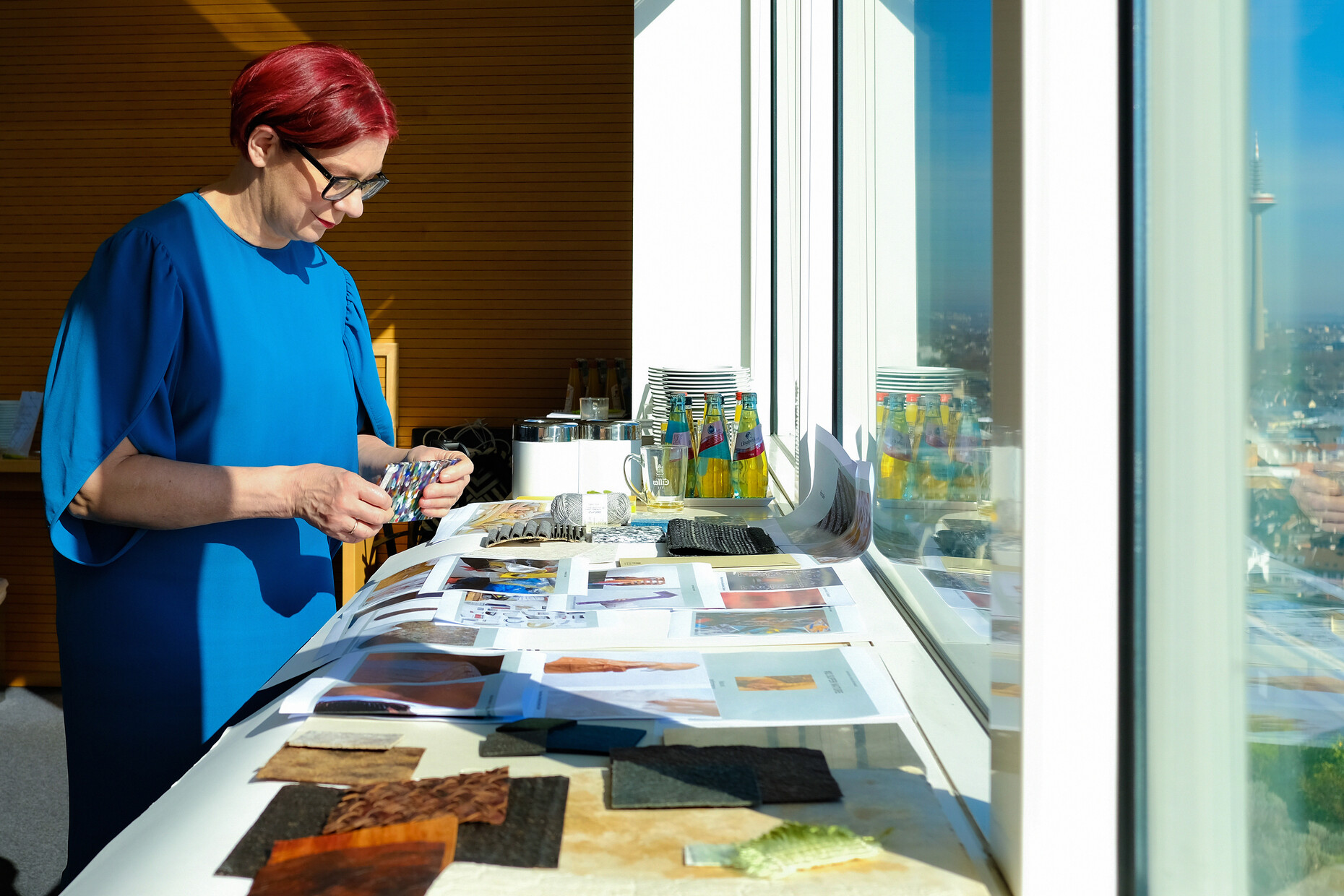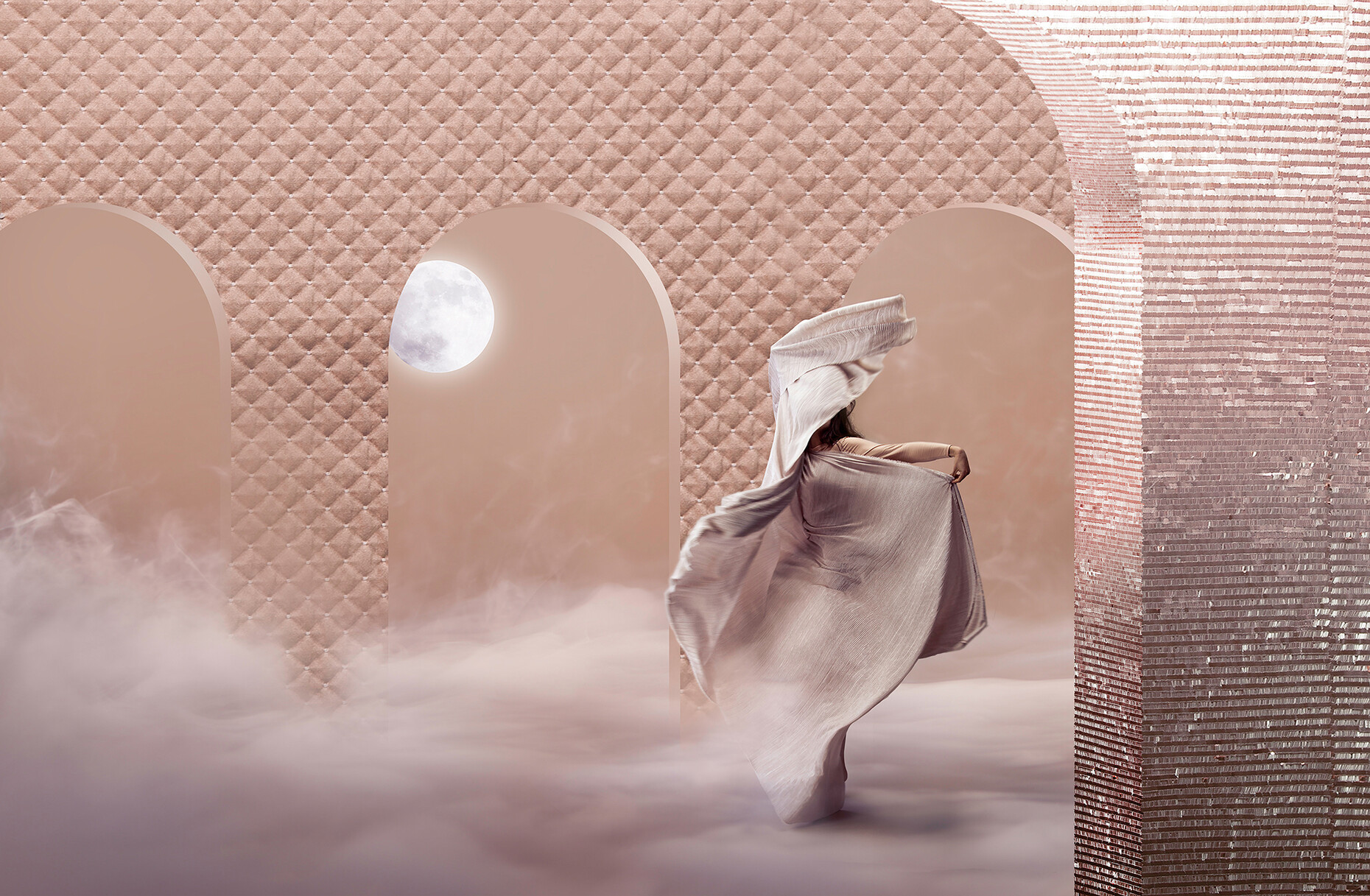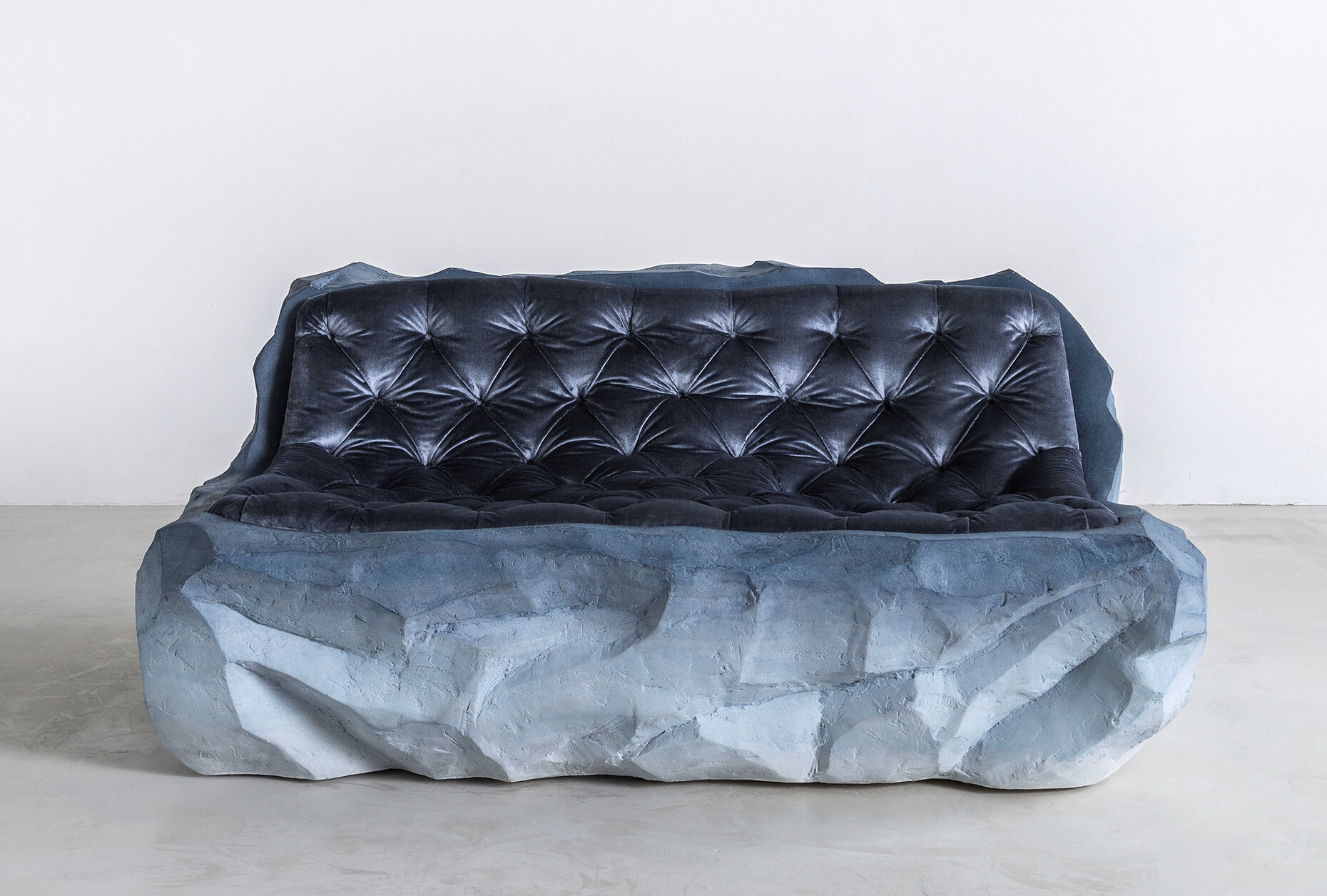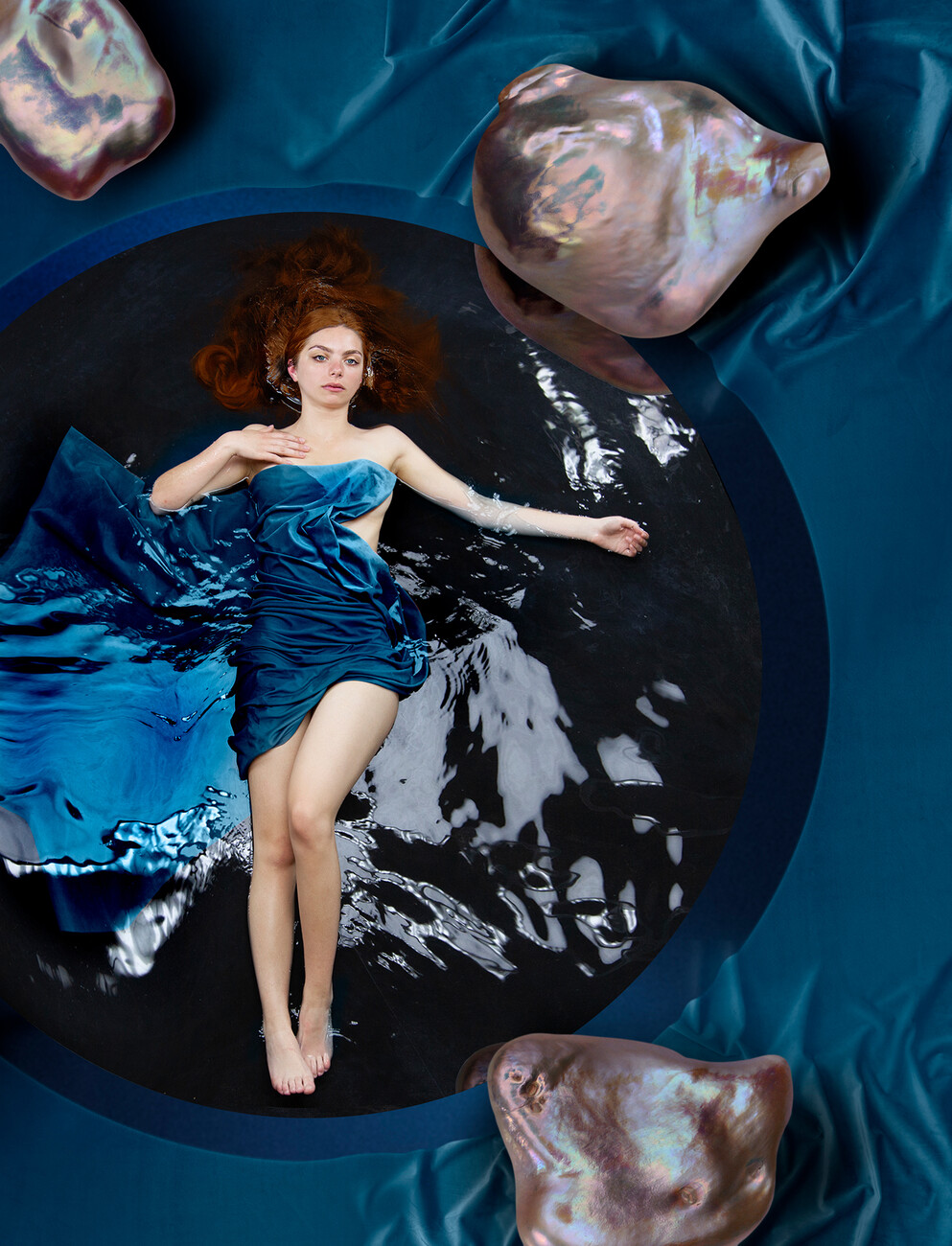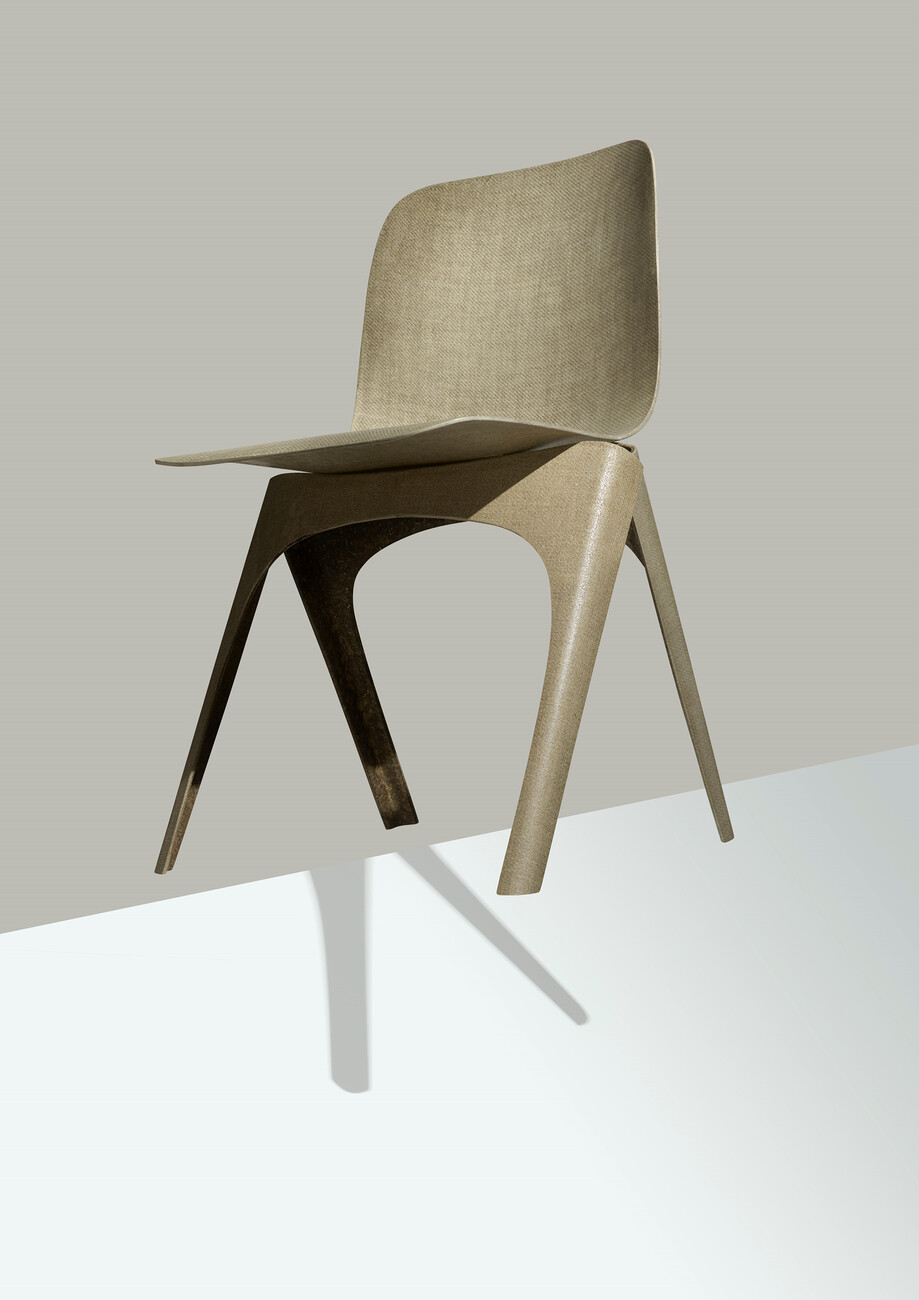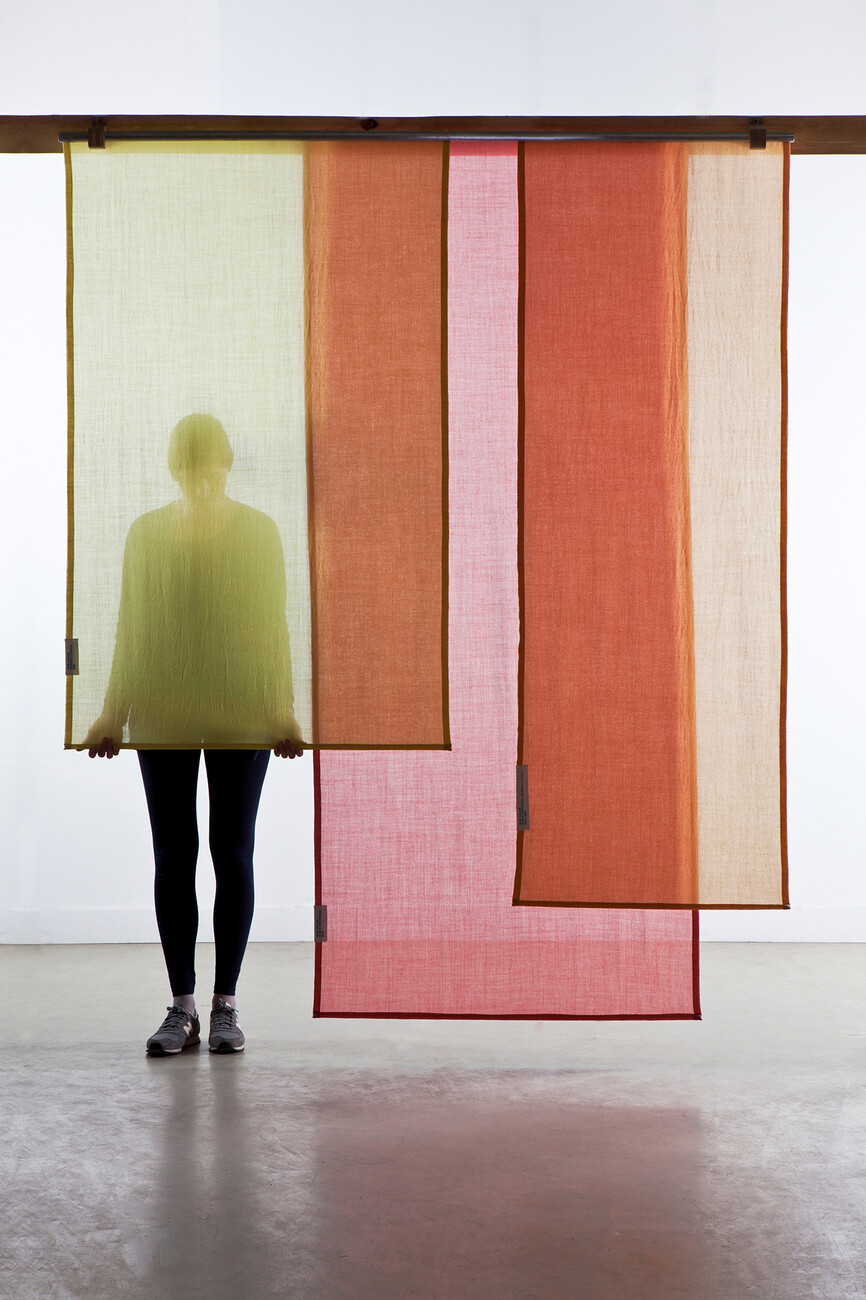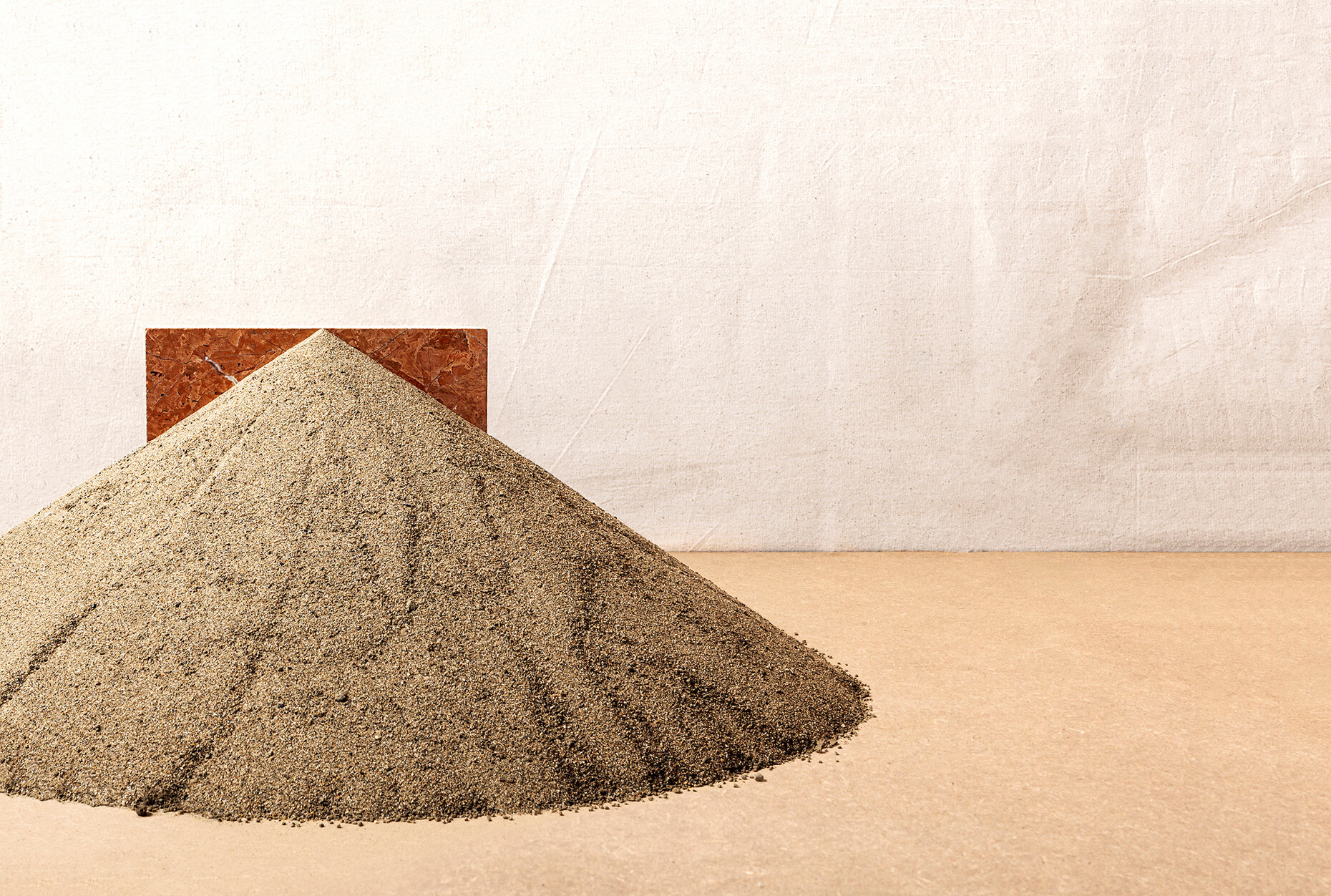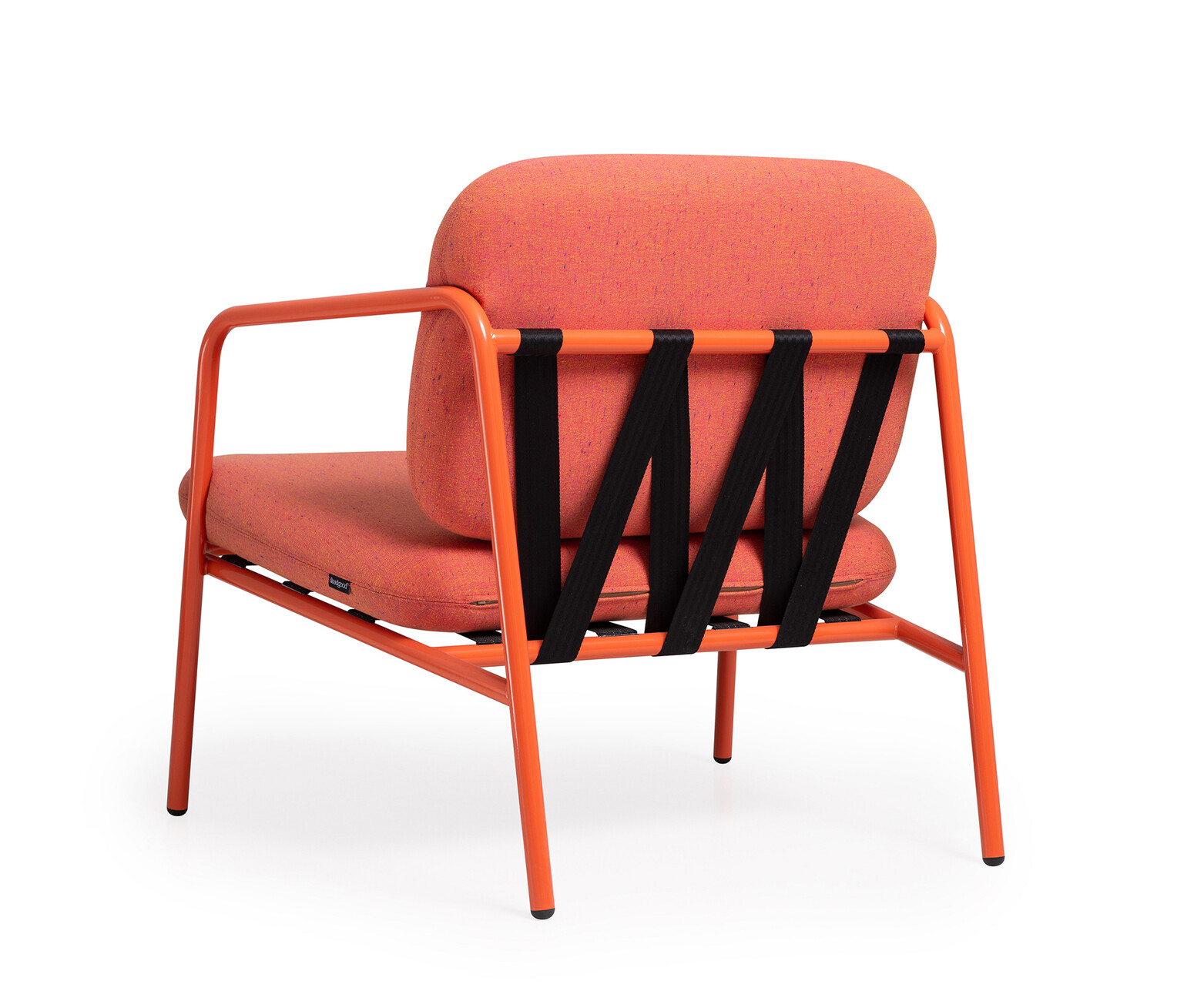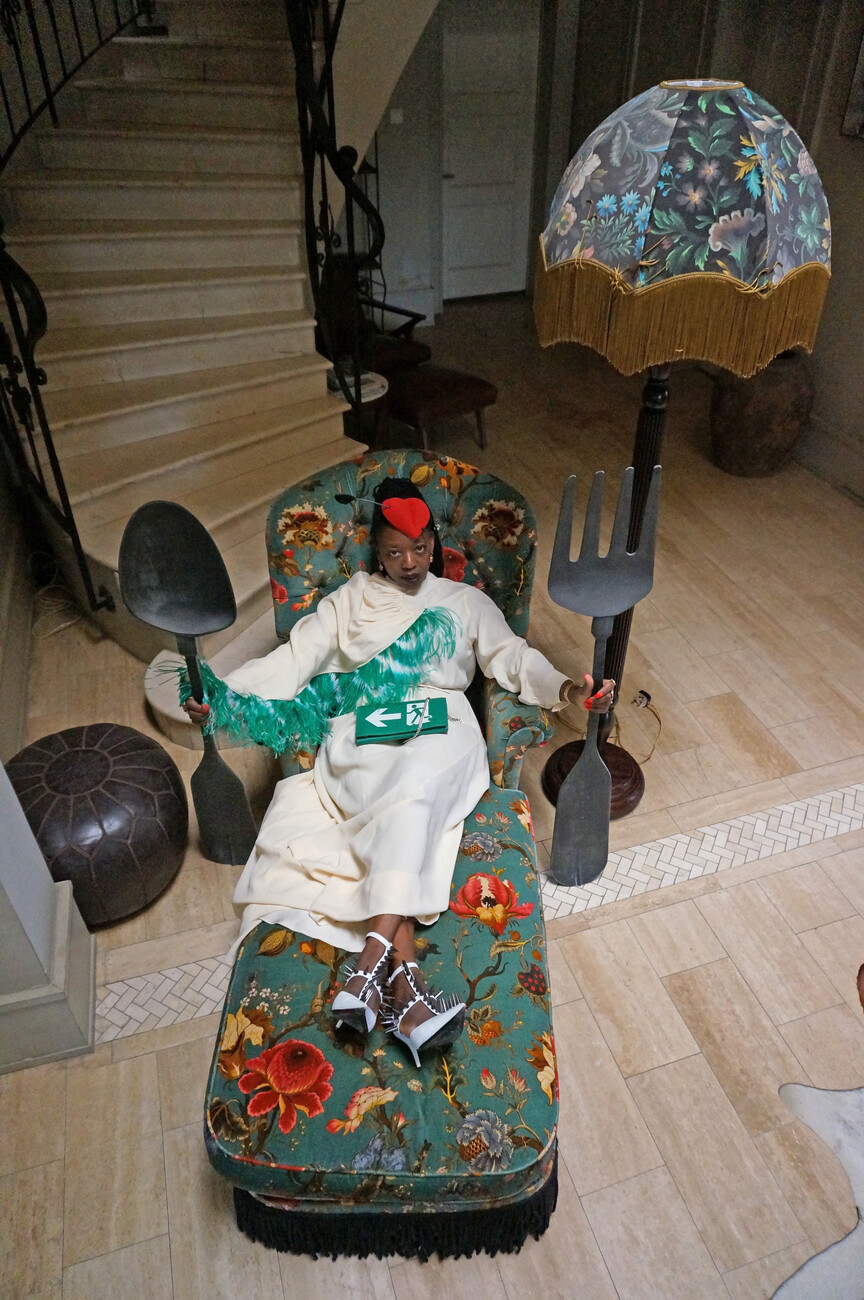Heimtextil
Emotions and individuals
Anna Moldenhauer: What is the philosophy of the Stijlinstituut?
Anne Marie Commandeur: The Stijlinstituut is a network agency. We are flexible and are able to adapt to the constantly changing social trends. For me, it’s important to have people around me who are very closely associated with the particular themes they address. We are able to classify trends that represent parts of the population and to select details from these. In the work we’re doing for Heimtextil, we are also in contact with people who come from the areas of architecture and interior design, and that brings in a further interesting aspect. We have our own style and always want to incorporate genuine specialist knowledge into the topics we deal with. In communicating design and product developments, for us it’s important to find our own angle, a surprising, fresh element. For duplicated content, the market is saturated. To justify the use of resources, the result should offer added value to that which already exists.
How should I picture your work as a trend researcher?
Anne Marie Commandeur: A large part of the research takes place digitally. On top of this, of course, we go to all the relevant events in order to stay up to date. Many of our customers are themselves active in consumer and market research, and collaboration with them likewise brings us new findings. We then need to form links within the information we have gathered. In order to know what might be important over the coming years, you also need to take into consideration the experiences of trading companies, since they are always at the forefront of developments and innovations. The trend research is made up of many elements, which we merge and analyze.
How has trend research changed in your view over the last few years?
Anne Marie Commandeur: You need a very systematic research methodology to get to the relevant information. It has definitely become more difficult to extract the most important trends from the veritable flood of information relating to the industry as a whole, as well as to identify the trend that is relevant for a very specific market segment when it comes to an individual consultation.
The major theme of this year is identity. What made you choose that?
Anne Marie Commandeur: The diversity of the markets and consumers calls for a corresponding diversity in the offering. We also want to be integrative. We therefore need to be aware of whom we are working for and where the products come from. The question of identity surrounds us constantly. The origin of products can be hugely significant for consumers, since they want to see their identities reflected in products. The search for identity runs counter to uniformity and in parallel to individual product diversification. It is a countertrend to the endless copying of goods or of a look.
Will the need to show one’s own roots through textiles or other products become even stronger over the next few years do you think?
Anne Marie Commandeur: Yes. I believe what we need is strong appreciation of why we are developing something. The question of whether it’s worth using resources for the relevant product development will also become ever more important.
The trends for Heimtextil are more contrasting than ever this year I believe – is there now greater courage when it comes to diversity?
Anne Marie Commandeur: I think this ties in with the topic of identity, being bold and developing ideas. Yet of course we also know that it would be a problem if all consumers were willing to go to extremes. The masses are not ready for extremes. Our job is to scratch the surface of trends and to see where the core themes, the roots lie.
For each trend you have selected a different creative figure to visualize it in the trend book. What criteria did you apply to selecting these people?
Anne Marie Commandeur: We favored creatives who were close by and who were willing to develop something with us in the time given. In addition to this, they had to be designers who really felt at home with the relevant trend topic. For us, it was important to convey emotions and experiences, including by means of new media or new technologies. For each topic, we held an in-depth discussion, because we wanted to respect the tradition and specificities of the relevant material, but nevertheless also to offer a new experience, a new atmosphere. To this end, we also directed our gaze strongly towards Africa and Asia, since there you find a new generation of designers working on incorporating their own identity into the development of new products. They have a deep connection with their roots and are combining traditions with modern life. Their approach is sustainable, since they supplement the identity they already have with new trends and flows and thus develop it further.
So the trend gains a deeper significance for their own lives, an emotional connection with their own roots?
Anne Marie Commandeur: Yes, exactly. A strong emotional connection. This also influences consumer behavior and the subsequent value given to the product.
The Trend Space at Heimtextil is the area that is most widely discussed every year – how has it changed over the last few years in your view?
Anne Marie Commandeur: The Trend Space has become more interactive and the atmosphere and the offering richer. I think it’s important to have a good combination of information and entertainment. Visitors should leave the Trend Space having had their own experience that they will remember. The exhibition should trigger emotions within them and urge them to reflect. We want to give the Trendspace a soul and convey our message in more emotional ways than simply in the form of a static exhibition.
You work as a lecturer at various universities. What do you aim to convey to your students?
Anne Marie Commandeur: I think it’s always important to stay true to one’s own personal convictions. As soon as you try to be something you’re not, you’re making a huge compromise and delivering results that are not convincing. You have to be brave, even if your own style is polarizing. That’s what I tell my students too: They should prepare themselves for the commercial industry, but they should be sure not to lose that something extra, their individuality.
